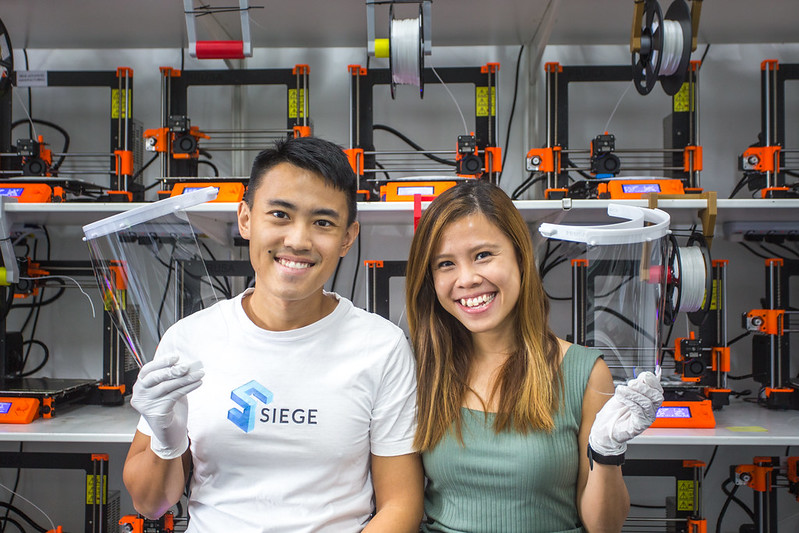3D printers have different models and technologies with so many options in the first place, buying a 3D printer can be as exciting as confronting. 3D printing becomes more popular and accessible by the day; the options are only growing. Considering some critical factors, it becomes possible to reduce the choices and get a 3D printer that will fit your requirements and price perfectly.
Print speed and resolution
Typical 3D print speeds range from 30 to 200mm per second, depending on the print quality and layer height. Moderate print speeds of around 50-100mm per second usually suffice for prototyping needs. Lower speeds to 30mm per second may be preferable if highly detailed prints are needed or if accuracy is critical. Resolution describes the thickness of each printed layer in the vertical dimension, typically between 50 and 400 micrometers. Finer resolutions down to 25 microns are achievable on select resin printers.
Build volume
The build volume, or maximum printable dimensions,directly affects what can be created. Personal 3D printers generally have modest build volumes under 10 inches cubed. Larger volumes from 12 to over 30 inches cubed suit more ambitious projects, but the printers carry higher price tags. Consider the margin space needed for support structures when estimating the required volume for your objects. Build volumes can continually be upgraded on select systems by purchasing larger kits.
Software and connectivity
The included software suite and connectivity options impact the 3D printing workflow from design to post-processing. Many printers have their own native slicing, modeling, and management software applications. User-friendly interfaces allow importing and other standard file formats. Wireless printing capabilities and integration with cloud storage services. Look for printers that support common languages for the broadest software compatibility.

Materials and post-processing
The range of usable materials factors into achieving desired mechanical properties, surface finish quality, environmental resistance, accuracy, detail, and color capabilities. More open material platforms provide flexibility, while proprietary cartridges limit but ensure performance. Photopolymers and resins found in produce highly-detailed jewelry master patterns, dental aligners, and figures requiring minimal finishing needs.
Reliability and support
A printer’s rated duty cycle indicates expected reliable operation for a month before maintenance is recommended, usually 50 to over 150 hours for personal units. The manufacturer’s reputation, warranty period, onboard monitoring tools, and availability of support influence uptime and long-term viability. Review community forum discussions and service experiences when considering new singapore 3d printer companies versus trusted industry leaders. Local dealer presence and responsive technical support also minimize downtime when issues inevitably occur.
Summary
You can buy a 3D printer after evaluating your intended uses, build needs, quality prospects, workflow realities, long term overheads and total funding. Weigh all the variables discussed, not just appreciation for the exciting technology.
